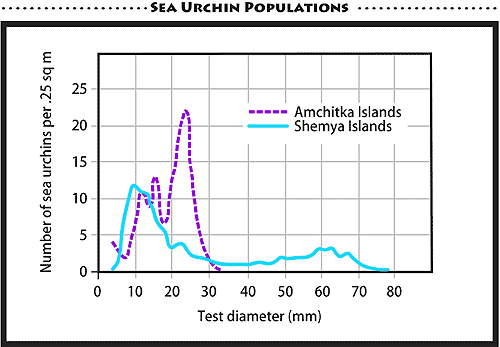Master Materials List
An Aquatic Eco-Mystery: The Case of the Missing Sea Otters
|
Student Handouts |
Items for Group Display |
Material Items |
Facility/Equipment Requirements |
|
Investigation 1 |
|||
|
Science notebooks |
Butcher paper Tagboard and felt-tip pens (if clue cards are used) Art materials for making murals, if time permits |
Internet access LCD projector OR Student computers and overhead projector |
|
|
Investigation 2 |
|||
|
Newspaper(s) with 1 page per student Quadrats (small), empty color slide frames OR similar cardboard squares, 1 per student Calculators (optional) Stopwatch Whistle Quadrats (large) made from meter sticks, hula hoops, or PVC pipes (optional) For alternate activity if playground space not available: Large photos or posters showing animal populations on beach or elsewhere, 1 per student group |
LCD or overhead projector Internet access Playground or other outdoor area divided into two sections |
||
|
Investigation 3 |
|||
|
Pictures of Kelp Forest (photo 1, photo 2) |
1 “Ziploc” bag per student Masking tape Sashes or signs: green, blue, red (1 per student) Popcorn |
LCD or overhead projector Large indoor or outdoor playing area |
|
|
Investigation 4 |
|||
|
None |
Bag or box Grab bag items: boot, hat, piece of litter, shell, rock, toy shovel, plastic toy crab or substitute Rulers Measuring tape Hand lenses |
Aquatic field site—beach, riverbank, or pond |
|






